
Be prepared to face the following stories of crime and justice. GuideDoc brings you the best 5 documentaries depicting two of the most human themes since our original sin.
In case you didn't now, GuideDoc is a global curated documentary streaming platform. Watch the world's best award-winning docs from around the world. We have new movies every day.
The Thin Blue Line by Errol Morris (1988)
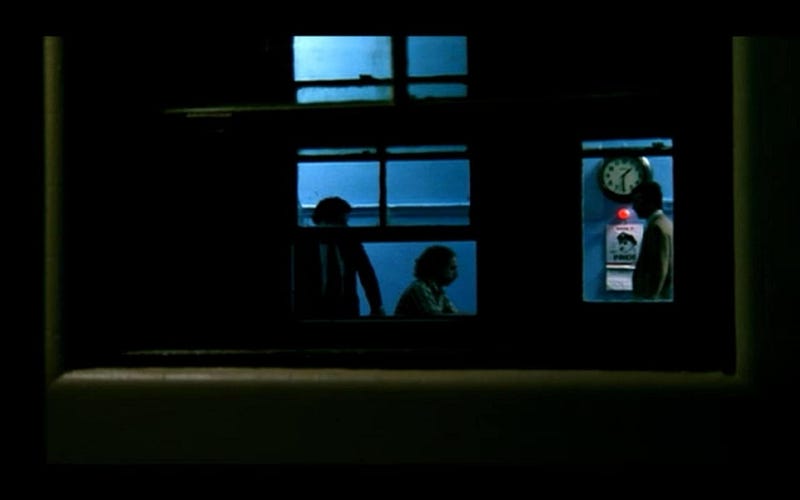
Dallas, Texas, a winter night in 1976. At the moment of pulling a car over, police officer Robert Wood is shot multiple times by the driver of the vehicle. In the investigation of the homicide, a man named Randall Adams was sentenced to death penalty after being convicted of a crime he actually did not commit.
Filmmaker Errol Morris makes a masterful radiography of Robert Wood´s case by filming a series of interviews and the reenactments of the different versions given by the interviewees. The condensed tension reached by the testimonies and a memorable soundtrack keeps this documentary in the collective imagination of the fans of the genre and made the film a subject of study in film schools around the world.
The Thin Blue Line unveils a tape recording in which David Harris, Adam´s whistleblower and real homicide of Robert Wood, admits that Adams did not commit the crime. In one of the few cases where cinema changes the course of events, the allegations given in The Thin Blue Line led the court to drop the charges against Adams and he could finally get out of jail.
The Emperor’s Naked Army Marches On by Kazuo Hara (1987)
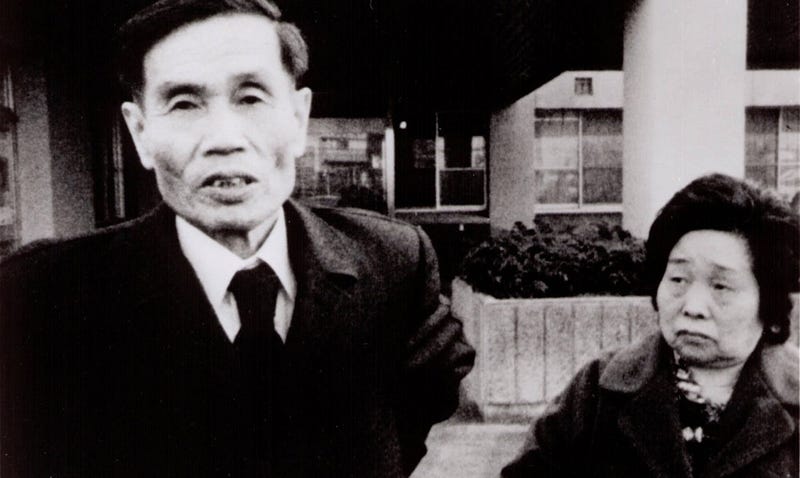
Named by brilliant image theorist Susan Sontag as the “Documentary of documentaries” The Emperor’s Naked Army Marches On is one of the only four that Japanese documentary filmmaker Kazuo Hara made in his life.
Okusaku Kenzo, a sexagenarian survivor of the Pacific War during World War II, undertakes the personal challenge of doing justice at his own hands and find the responsible for the death of two soldiers of his squadron during the war due to superior orders.
His thirst for truth makes Kenzo urge the psyche of the ex-military men he confronts through a series of fierce interrogations in which he even uses physical violence.
Into the Abyss by Werner Herzog (2011)
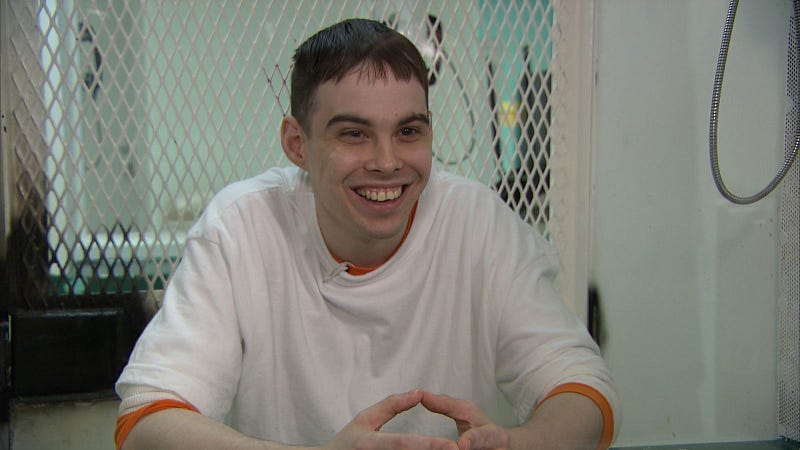
Since the 1950's veteran filmmaker Werner Herzog wanted to make a documentary about life in prison in his native Germany. But it will only be in 2010, in a territory as lethal as Texas, in the United States, that his exploration of crime and confinement will take place. In Into the Abbys Herzog focuses on two men convicted in a triple homicide occurred in 2001.
Their names are Jason Burkett, sentenced to life imprisonment, and Michael Perry, sentenced to death penalty. Both the relatives of the men convicted and those of the victims, along with witnesses, policemen and a priest are approached by Herzog´s curiosity in his eagerness to find perhaps a glimpse of what could have led the protagonists of the case to end three human lives.
Into the Abyss gives a didactic and sinister look to the process of an inmate when facing the lethal injection and even shows the existence of a female fan club of those sentenced to death. During his time in prison Burkett gets married to Melyssa, a member of such fan club.
Man Marked for Death by Eduardo Coutinho (1984)
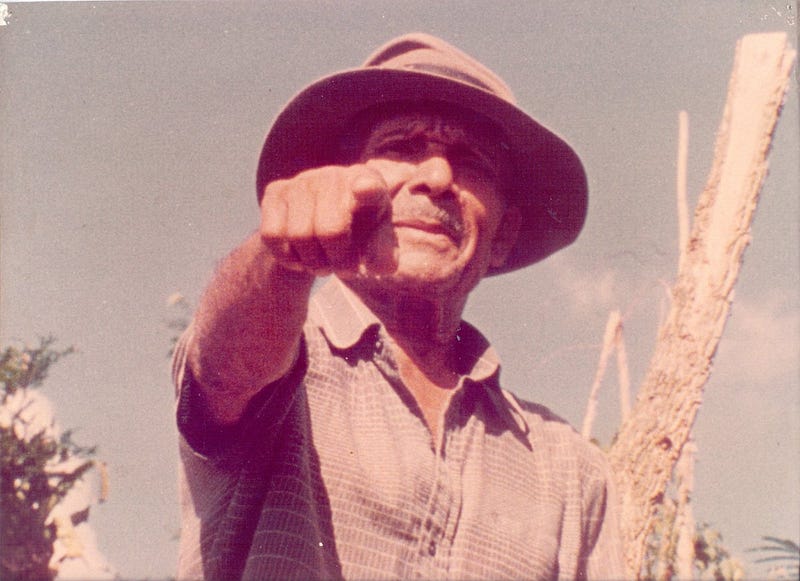
In 1962, Brazilian filmmaker Eduardo Coutinho filmed a demonstration against the assassination of peasant leader Joao Pedro Teixeira in Sapé, a small northern Brazilian town. The murder was not isolated, it was actually one of several attacks perpetrated by the state and the landowners against the peasant movement that was only seeking the tenure of their lands.
After Texeira´s assassination, Coutinho resolves to make a film about the life of the peasant leader entitled “Man Marked for Death” using the villagers themselves as the actors. But after filming 40 percent of the film, the national police stopped the shooting, requisitioned the footage and continued the persecution of the peasants.
In 1979 Coutinho retakes the project but now using the remaining footage and photographic material of the shooting. In the documentary, the footage is shown to the peasants who seventeen years ago portrayed themselves in the fiction of their struggle. This ingenious device, in which the raw and violent reality of the Brazilian countryside is viewed through the sieve of fiction, allows Coutinho to denounce the impunity of the human rights violation against the Brazilian peasants in times of dictatorship.
The Look of Silence by Joshua Oppenheimer (2014)
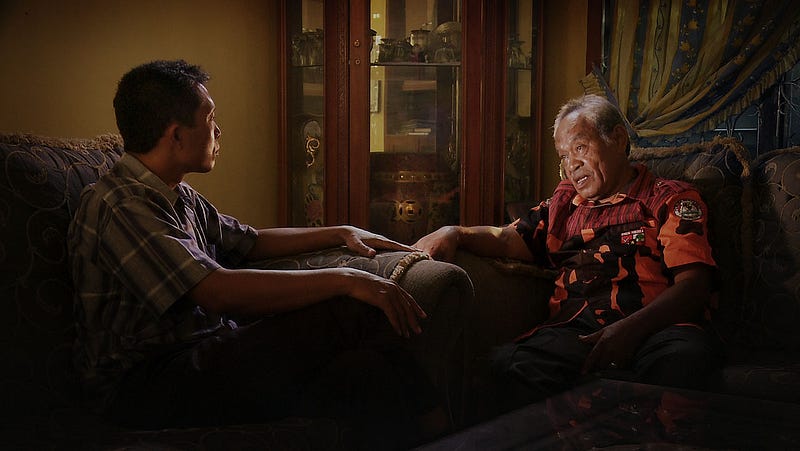
Just after filming in Indonesia his acclaimed documentary The Act of Killing which portrayed the unpunished murders of hundreds of thousands of people during the anti-communist movement occurred in that country in the mid-1960s, documentary filmmaker Joshua Openhaimer immediately began the filming of a hidden gem.
The Look of Silence is an exploration of the Indonesian genocide from a much more intimate but equally heartbreaking point of view. The film follows a man who prefers not to be identified throughout the film and whose brother was brutally murdered during the genocide. During the film, our protagonist manages to face one by one the supposed ones responsible for the death of his brother.
The scenes intensify with the apparent lack of remorse on the part of those questioned, some of them in the comfort of their home during the interviews, and the unexpected reactions of some of their relatives who had never heard of such crimes.
Watch essential documentaries on GuideDoc.